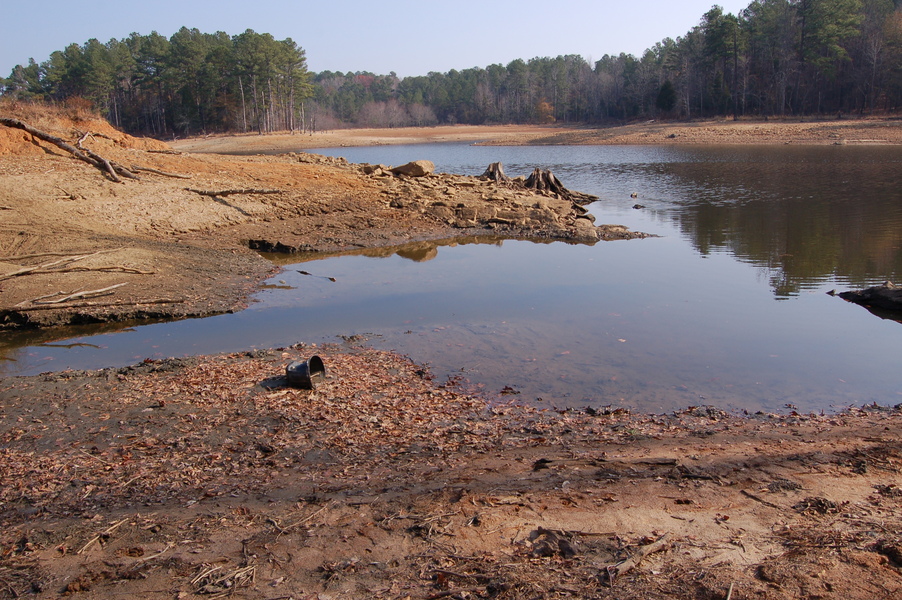On Saturday my family and placed four tons of grass sod in our backyard. As I fired up a sprinkler for the first time in several years (a decade, perhaps?) I thought about how much our next water bill was going to cost us. The City of Raleigh has tiered water rates, meaning everyone gets their base allotment for the same price but the price quickly jumps beyond that amount. The idea is that economics will compel water customers to conserve which is a worthy goal.
But what about the times conservation isn’t needed? Right now Falls Lake is full. The U.S. Army Corps of Engineers is releasing water from Falls Lake at a rate of 6,000 cubic feet per second, which I’ve heard is about the most it will release at any time. This onslaught of water is causing issues downstream, flooding neighborhoods that haven’t yet recovered from last month’s initial round of heavy flooding.
It doesn’t appear that conservation is an issue at the moment, so what if our water bills could reflect this? What if Raleigh residents could give The Army Corps a hand by putting that water where it could good some good: on everyone’s lawns and gardens, not just those unfortunate few who live close to the raging river? What if the City reduced water rates on a temporarily basis while the river release was underway? I know there’s more to water use than simply supply (it has to be treated, for instance) but tying water rates to our supply might make sense.
At any rate (pun intended), it seems silly that I am paying a premium for water coming out of the lake while the Army is doing all it can to get rid of it.
Bonus: Interestingly, I only found one decent link in Google for “‘time of use’ ‘water'”. It’s this report from the California Energy Commission [PDF] that discussed a trial that was aimed not at more accurately valuing water in real-time but whether time-of-use water meters could reduce the electricity demand of the pumping infrastructure. Worth a read, regardless.
